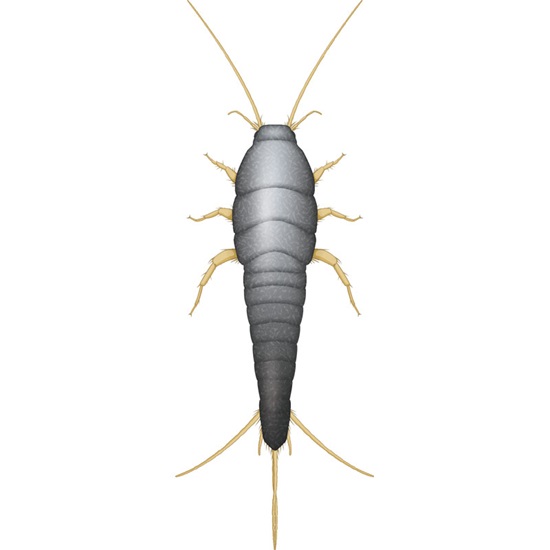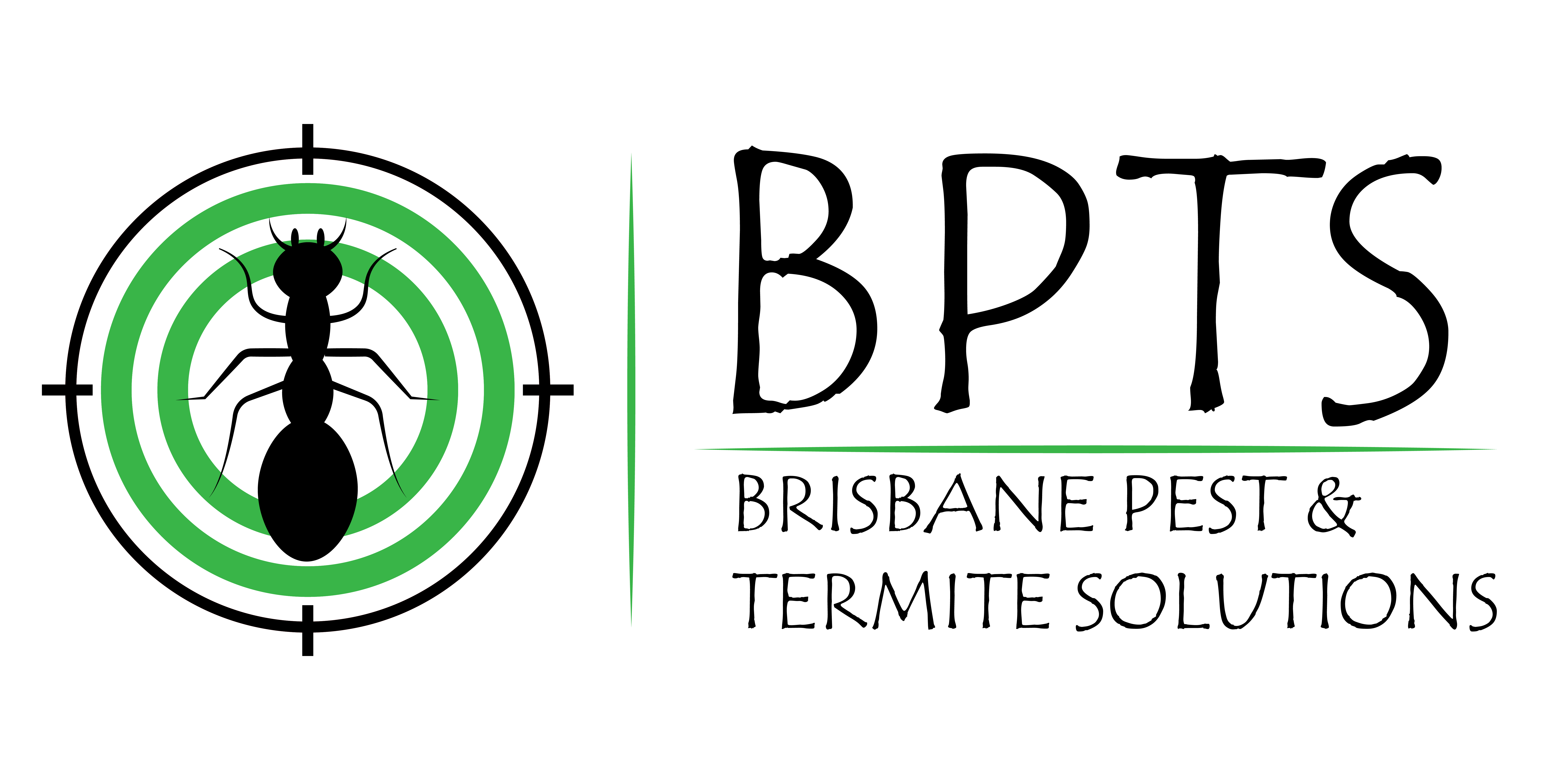Silverfish Control
Silverfish

Classification
Scientific name: Lepisma saccharina
Description
An adult silverfish typically measures 15 mm. They are wingless with a sleek, tapered body that has scaly, silvery skin, making it slippery and easily able to slide into small crevices.
Their long antennae are used in the mating dance and the cerci which are 3 large appendages that protrude from the rear, are used to detect predators.
Found throughout Australia
Silverfish come into buildings in search of dark, damp areas and thrive in high humidity. They are commonly found in crevices and like gaps or cracks in buildings.
Behaviour
Silverfish are nocturnal and secretive insects that are difficult to spot making it easy for an infestation to occur. They have destructive feeding habits and will feed on an unusual diet which includes paper and glue, making wallpaper and books key targets. Unlike other insects, silverfish do not go through a metamorphosis, going straight from an egg to a nymph.
Risks
Silverfish can be very destructive and often go unnoticed until their feeding damage is identified. They can ruin carpets, furnishings and linen, in addition to paper and spoiling foodstuffs.
They ingest an incredibly wide variety of foods including cellulose, so can spoil shampoo and other beauty products.
